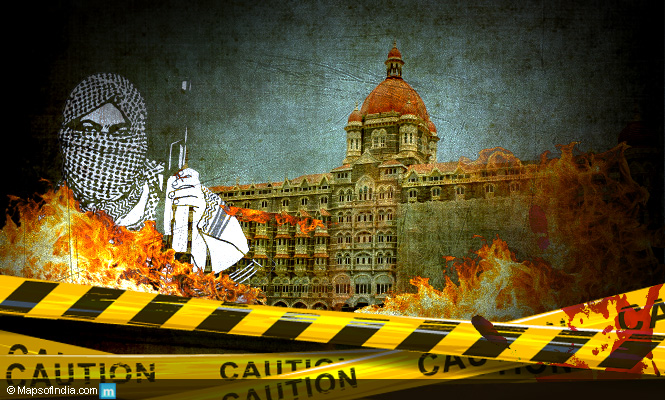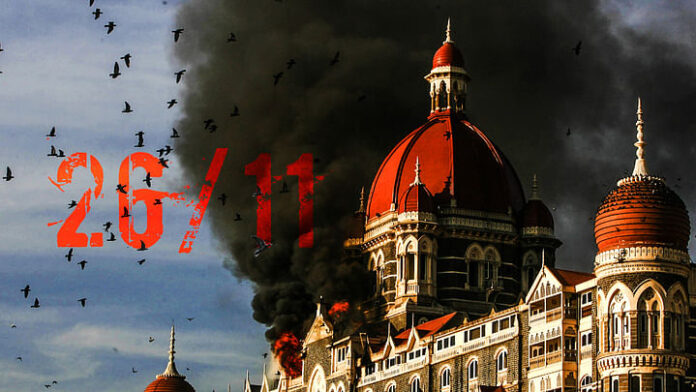The Origins
In the year 1971, two boys named Tahawwur Hussain Rana and Daood Sayed Gilani studied at Cadet College Hasan Abdal in Pakistan. They became good friends, and their lives would eventually become intertwined in a tragic event. Rana went on to become a doctor in the Pakistan Military, while Gilani married a Canadian citizen and opened a visa consultancy service called First World Immigration Service in Canada.

The Meeting with Lashkar-e-Taiba
In 2001, Gilani came in contact with Hafiz Saeed, the leader of Pakistan’s Lashkar-e-Taiba, a terrorist organization. Saeed saw potential in Gilani, and he began to train him for future attacks. Gilani changed his name to David Coleman Headley and continued his activities from the United States.

The Mumbai Attack Plan
The Mumbai attack was meticulously planned by Lashkar-e-Taiba. They recruited young, unmarried, and uneducated boys from different cities in Pakistan. These boys were trained in various phases, including religious training, combat training, and intelligence training. The terrorists were sent to Mumbai with the intention of causing maximum chaos and loss of life.

The Attack on 26th November, 2008
On the night of 26th November, 2008, ten terrorists reached Mumbai by boat. They split into five pairs and targeted different locations in coordinated attacks. Their targets included the CST station, Leopold Cafe, Taj Hotel, Nariman House, and Oberoi Hotel.
The CST Station Attack
Two terrorists, Kasab and Ismail, entered the CST station and started indiscriminately firing at people. They killed 58 people and injured 104 others. Their attack lasted for several hours before security forces neutralized them.
The Leopold Cafe Attack
Another pair of terrorists, Shoaib and Nazir, targeted the popular Leopold Cafe. They fired at customers and threw grenades, resulting in the deaths of 11 people and injuries to 28 others.
The Taj Hotel Attack
Hafiz and Javed entered the Taj Hotel and fired at guests and staff members. They took hostages and set fire to parts of the hotel. Their attack resulted in the deaths of over 30 people.
The Nariman House Attack
Imran Babar and Nasir attacked the Nariman House, a Jewish community center. They took hostages and tried to negotiate with the Indian government. The attack resulted in the deaths of 9 people.
The Oberoi Hotel Attack
The last pair of terrorists, Abdul Rehman and Fahadullah, targeted the Oberoi Hotel. They fired at guests and set fire to parts of the hotel. Their attack resulted in the deaths of 35 people.
Security Forces Response
The security forces, including the National Security Guard (NSG) and marine commandos, were called in to neutralize the terrorists. The operation was delayed due to logistical challenges, but eventually, the security forces were able to corner and neutralize the terrorists. The Mumbai attack lasted for over 60 hours and claimed the lives of 176 people.
Conclusion
The Mumbai attack was a well-planned and coordinated act of terrorism by Lashkar-e-Taiba. The terrorists targeted multiple locations in Mumbai, causing widespread panic and loss of life. The security forces responded with bravery and professionalism, ultimately neutralizing the terrorists and bringing the situation under control.

